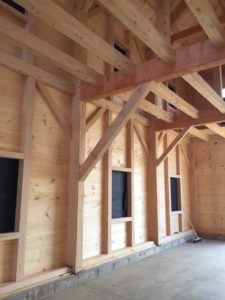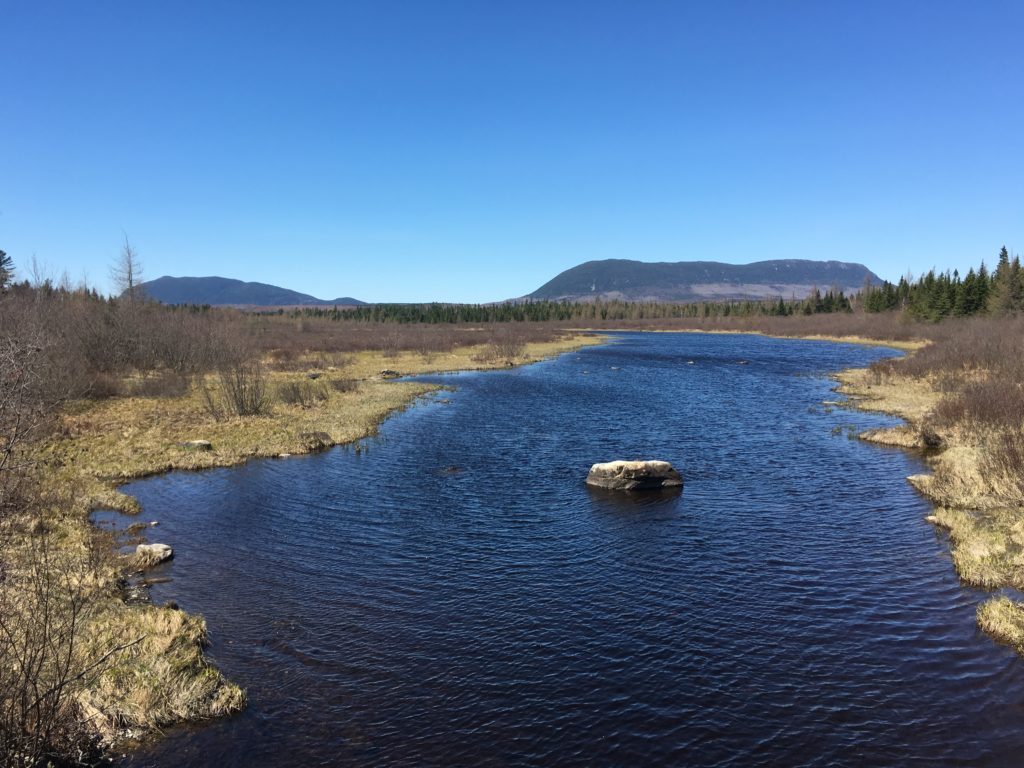For this article Anna Mercier spoke with Erin Connolly, owner of Connolly & Co. Timber Frame Homes and the Maine Barn Company, a longtime FSM business supporter.
Have you ever wandered through a timber frame home or barn, the timbers stretching gracefully upward like tree trunks, the exposed wood arching like branches far above your head? These structures are part of the New England landscape in a region where wood is a popular building material and several Maine businesses cater solely to their construction. One of the first to be established was Connolly & Company Timber Frame Homes & Barns.

In the 1970s John Connolly, fascinated by the elegance of old joinery found in Maine’s barns, started a business building new timber frames. It was a new market back then, but over the years he has trained countless other timber framers in Maine—previous employees that have gone out on their own.
Generally, Connolly & Co. builds in New England and the East Coast but they have put up structures as far away as Colorado, Texas, and New Brunswick, Canada. They rely on Maine’s forests for Eastern white pine and hemlock, and much of their dimensional lumber comes from western Maine suppliers.

Today John is retired and his daughter, Erin, who says she has been balancing on timbers since she could walk, is the owner. She has been working in the business for a little more than a decade and bought it four years ago. Under her leadership the business is quickly approaching the milestone of 300 frames built. It helps that they have a lot of repeat business from happy customers, and whose word-of-mouth referrals result in orders from friends or relatives. “I love the atmosphere,” Erin says, “the design aspect and the constant difference—some people come with a complete set of architectural drawings, others just have an idea in their head.” Before officially taking over in 2015, she spent about six years working both with her father who ran the business, and the framers down in the shop. One of her favorite always-evolving skills has been learning to design buildings and use Auto CAD (computer-aided design) software as well as SketchUp. She now does most of the designing herself and gets joinery help from her foreman who learned timber framing from her father.
Maine’s timber frame structures have spanned generations and this company, under Erin’s guidance, is doing the same. Perhaps decades from now future generations will be admiring some of these handsome, sturdy structures as much as they admire the people and forests that made them possible.




